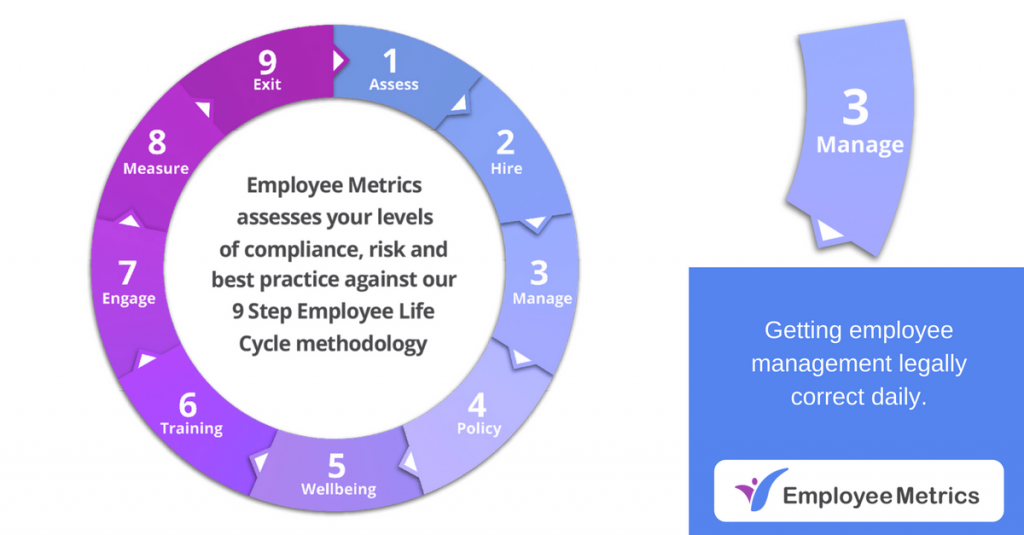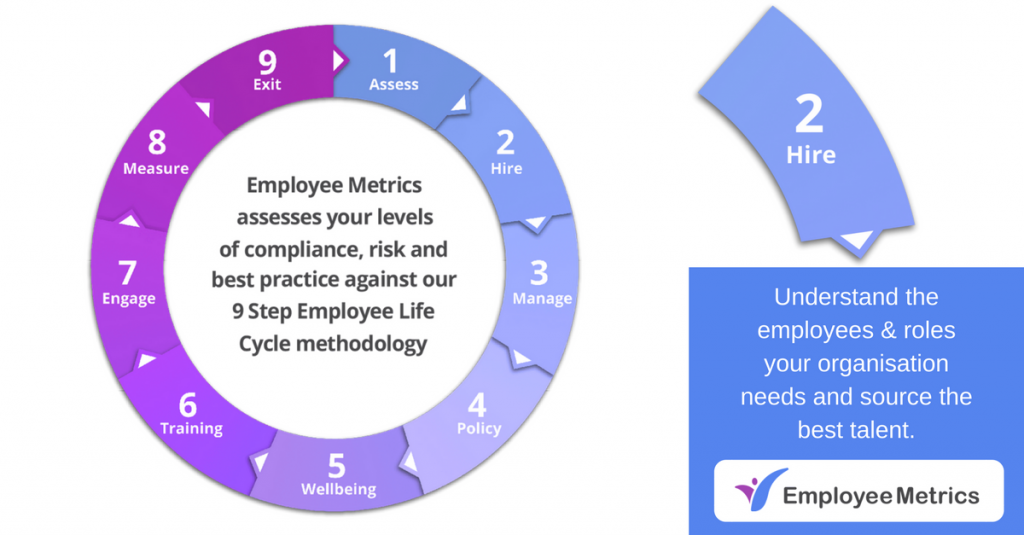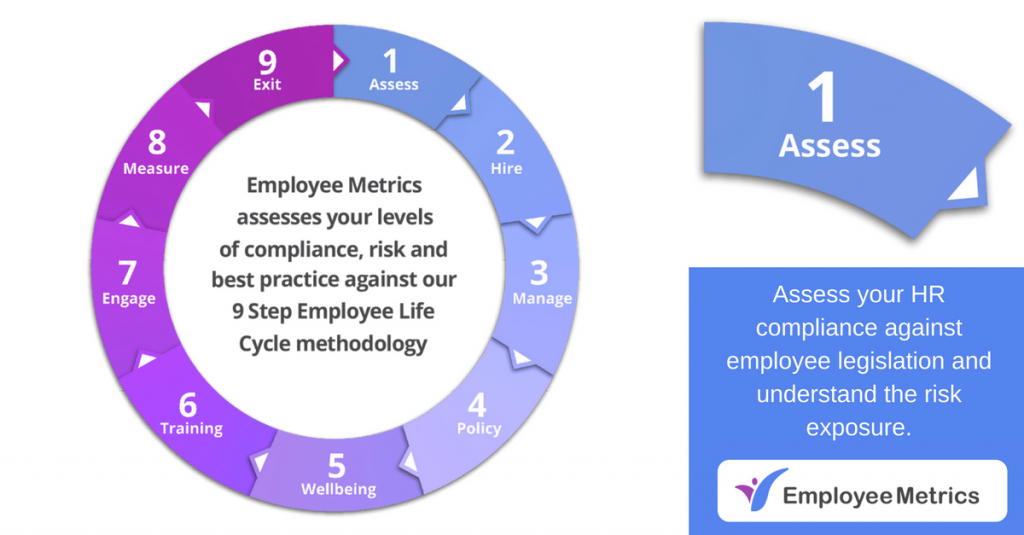If you are new to our Employee Life Cycle series, click here to go back and begin at Step 1, or here for Step 2, or read on for Step 3 – Manage.
Managing People and Relationships
Managing employees and relationships in today’s workplace can be extremely challenging and demanding. The process generally requires more time and HR resources than are available. Therefore, to manage this successfully the process needs to be streamlined and consistently supported by management and supervisors.
Management skills matter
Successful employee relations largely depend on both the management style and the skills of all managers and supervisors in an organisation; employee relations are enhanced by a consultative management style.
Management done well
Employee turnover costs Australian businesses $100 billion a year in lost productivity, new training and recruitment costs. Turnover is currently running at 20 per cent overall and at 40 per cent for workers in their twenties. Measuring attrition, reviewing trends and understanding how you can positively influence these in your organisation can save a significant amount of time and money.
Keeping the big picture in mind
It is possible to achieve the best outcome in terms of employee commitment, genuine productivity gains and flexibility for both employer and employee, but it requires consistency and alignment with the organisation’s strategic objectives. Unfortunately, employees are often totally unaware of what the strategic plan is, let alone how they are contributing to it.
Employee Metrics can help achieve HR best practice
Employee Metrics 9 Step process is designed to help HR stay in front of the legal demands and challenges of employee management in today’s workplace.
Step 3 Manage: Getting employee management legally correct daily.
Employee Metrics diagnostic platform walks you through a detailed assessment, supported by an experienced HR Consultant. It generates a detailed report of your position across the 9 steps of the Employee Life Cycle.
Watch out for next week’s Employee Metrics article;
Step 4 Policy: Protect your business and employees by being compliant.


